There it is, a black ribbon of Tarmac, stretching out below, one hairpin following another as the road climbs from the sea, carving its way up the hillside and through the rock and fir trees. And here it comes; a growling little red box on gold wheels, charging for the hairpin before the brakes bite, nose dives and its driver gives it the signature ‘send’, jinking away in the opposite direction of the road and dabbing the brakes, then getting on the gas and making one long, seamless drift, the revs flaring before the rear wheels find grip, the car straightens and the little red devil squats at the rear and charges toward the next hairpin.
It’s an evocative scene. All it needs is a crowd of cheering onlookers dressed in Rothmans-branded rally jackets and Ford Motorsport bobble hats and you could be forgiven for thinking you’ve tripped back in time to the Lombard RAC Rally, cheering on the boys from Boreham.

But despite what your eyes tell you, this isn’t a 1970s Mk2 Ford Escort in Group 4 rallying specification. It’s an MST Mk2, a new car you could order the moment you finish reading this review, and when the time comes to collect it from MST’s base, situated a stone’s throw from Pwllheli on the picturesque peninsula of north west Wales, it will have the latest registration plate attached to it.

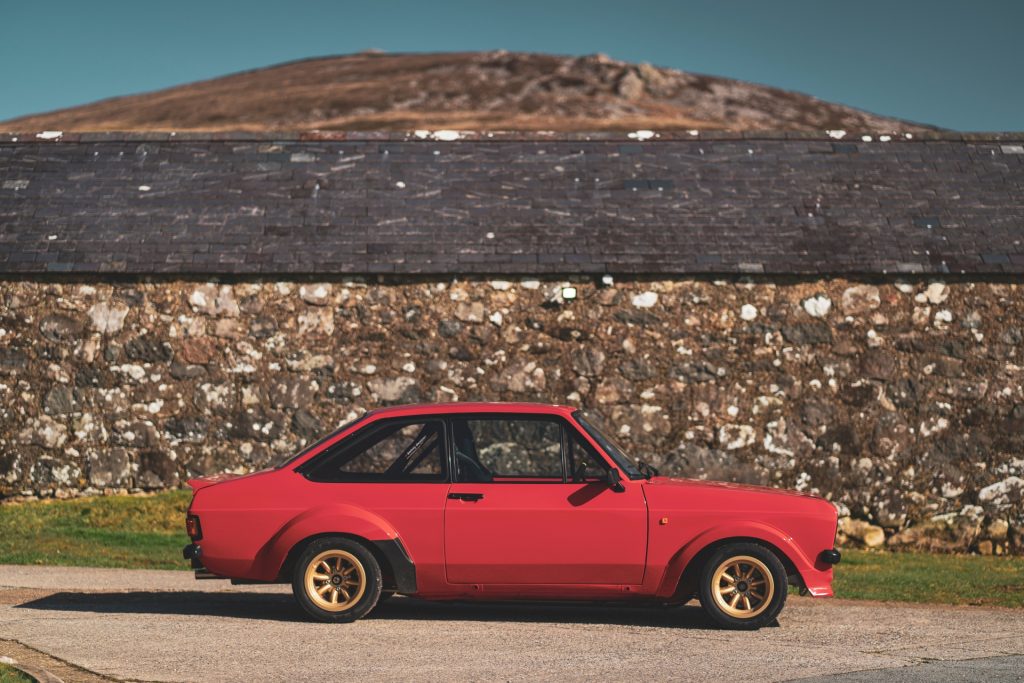
Unlike the current crop of cars that have been making waves of late – the restomods, tributes, reimaginings and remasterings, or whatever other term has been ascribed – the MST Mk2 is not a restoration of a worn-out Escort. Every component is new, even the period door cards, window-winders and door handles. Poke around the engine bay and you won’t find a chassis plate showing that it was built around a donor vehicle; this is fresh from the ground up.
Motorsport Tools was founded in 2008, by Carwyn Ellis and father, Richard, as an alternative venture to the family farm. It began by selling tools and accessories to the motorsport trade and competitors, but it was when they started stocking parts for Mk1 and Mk2 Escorts that the seed of an idea was planted. The Escort bits sold like hot Welsh cakes. Carwyn Ellis had built his own Escorts over the years, for competition in road rallying, more often than not using the range of parts stored on the shelves of its two warehouses. Why not offer that as a service, and make a business out of the sort of people that turn misty-eyed at the merest mention of Escort Mk1 or Mk2?
The result is Motorsport Cars. It has two cars to tempt Escort fans; the MST Mk1 or the MST Mk2, built around – surprise, surprise – the Mk1 and Mk2 bodyshells, respectively. The cars are subject to Individual Vehicle Approval, which permits passenger cars to be built in very low volumes without having to satisfy costly crash testing and other legislative hurdles. “We need to have a catalytic converter, a collapsible steering column and, most important of all, prove that all major components are new,” explains Carwyn Ellis.
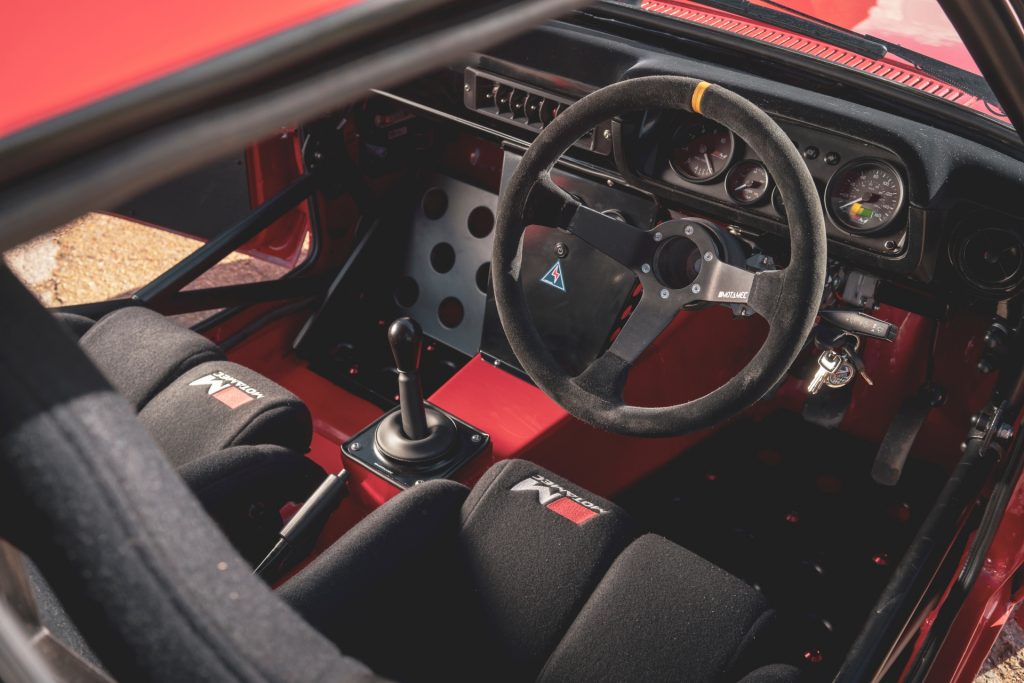
There’s no difference in price between MST’s Mk1 and Mk2, and deposits are coming in thick and fast from drivers craving the Escort experience without vintage, worn parts. The company will sell to international customers, too, even in the US.
They cost from £82,800, in Stage 1 specification. What’s that? MST describes it as ‘Fast Road & Touring’ which means, theoretically, it’s just the job for a Sunday sunrise blat on some of your favourite local roads.
The specification has been chosen to be dependable and, frankly, approachable, in an attempt to create a car that doesn’t require the skills of Ari Vatanen to get the best from it, but will give enough of a flavour of the hard-charging, Rothmans-backed machines that Vatanen pedalled to victory during the 1981 World Rally Championship.
It comes with a 2.5-litre, four-cylinder, naturally aspirated Ford Duratec engine, which may not sound terribly exotic. But that would be missing the point – it’s proven and reliable. And when you add ATR throttle bodies, a lightweight flywheel, heavy-duty clutch and close-ratio six-speed gearbox (a crate-spec Mazda MX-5 unit), its 200bhp output is more than enough to get the Mk2, which weighs less than a ton, moving at a fair lick.
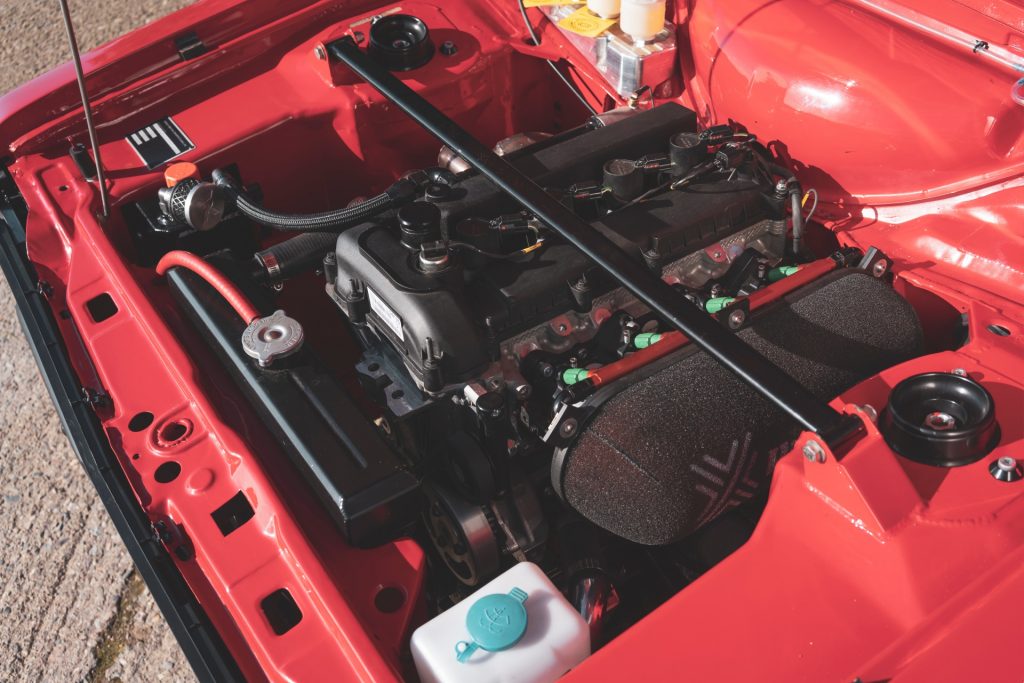
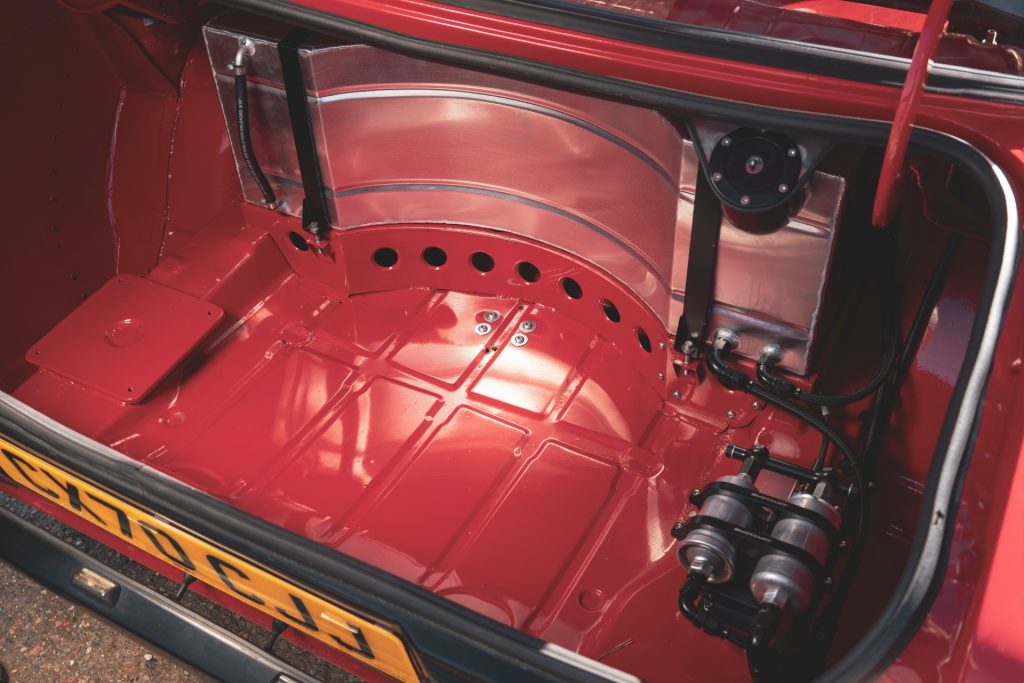
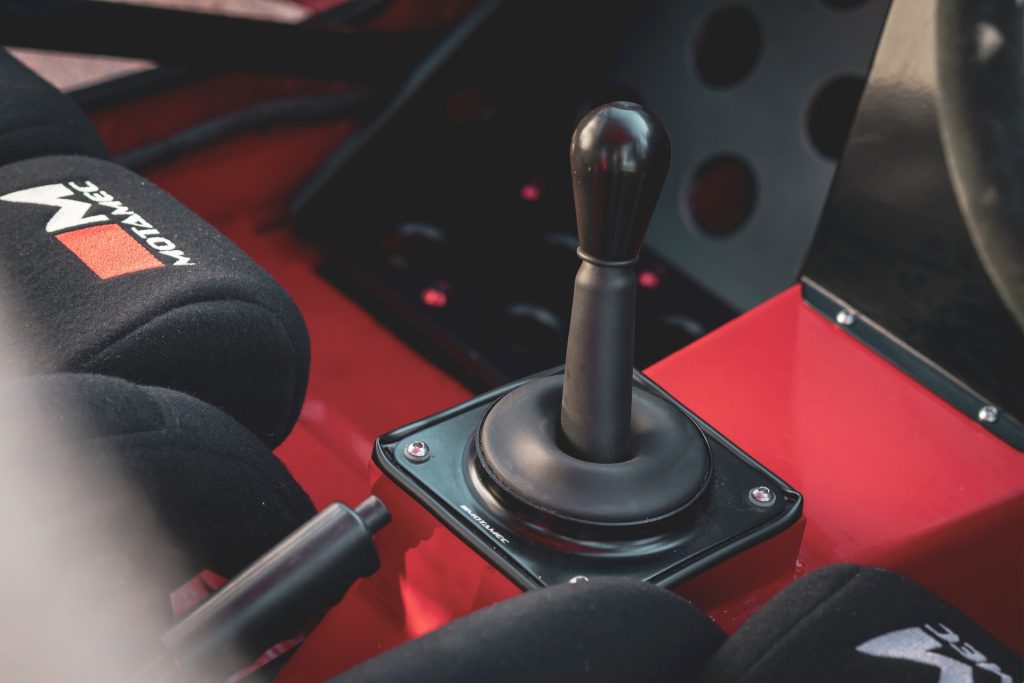
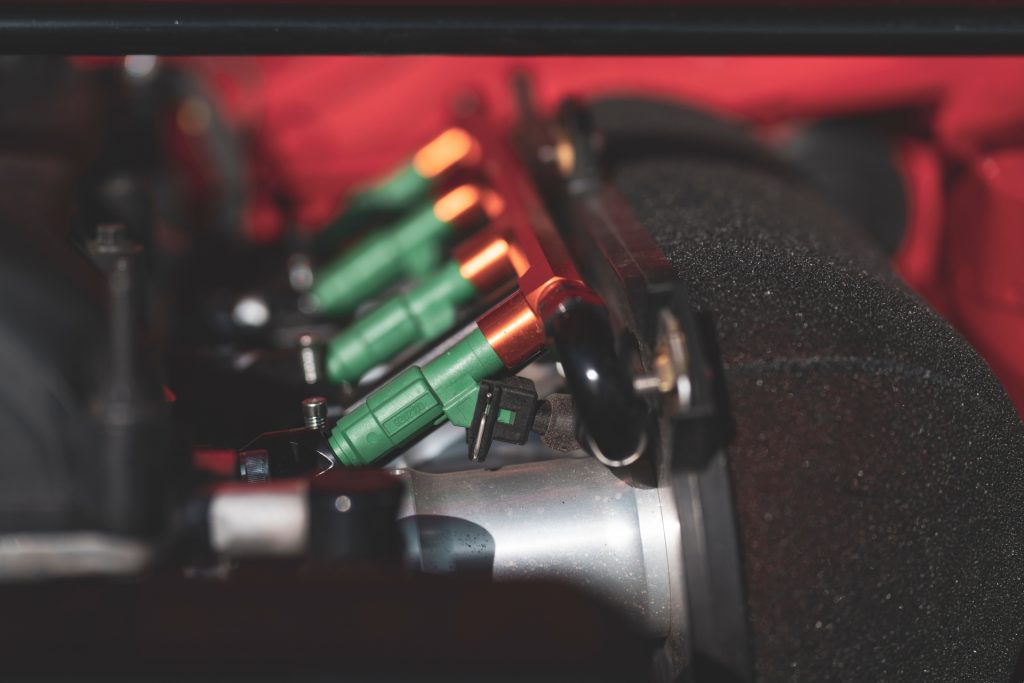
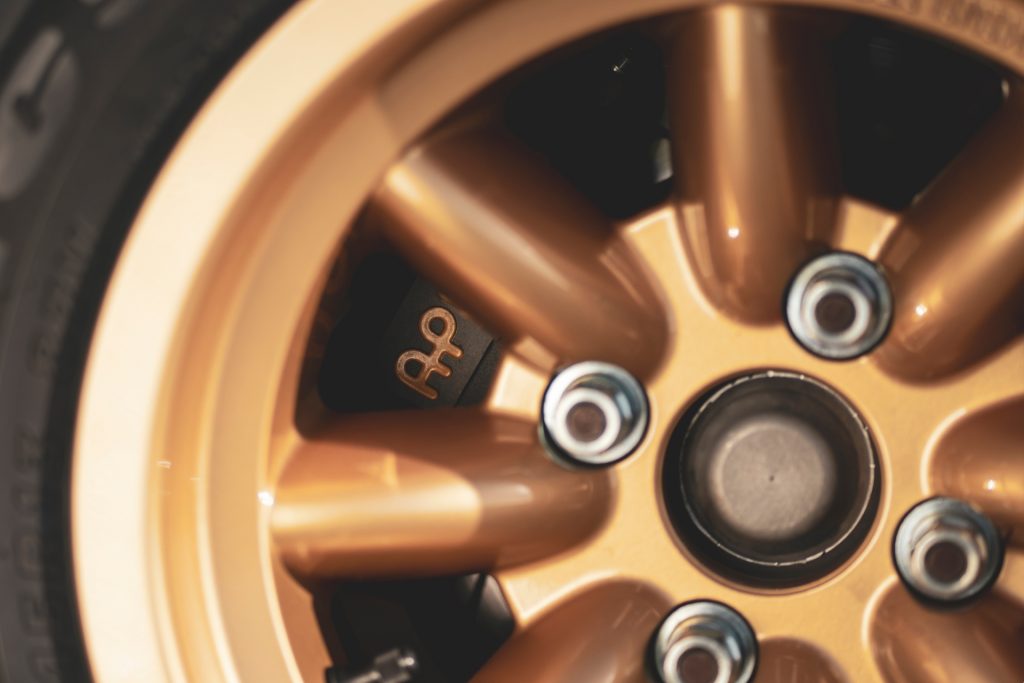
Should you prefer something that will stand your hair on end, there are three further steps up the ladder, with a 250bhp version of the Duratec engine, or a 250bhp, 2-litre BDG unit – developed from Cosworth’s famed BDA unit – and should you wish to go the whole nine yards, there’s a 2.5-litre Millington Diamond competition engine putting out 330bhp and a nice, fat helping of torque. For the latter, in Stage 4 specification, the price climbs to £117,600.
Currently, says Carwyn Ellis, sales are split evenly between the Coke-bottle-curvy Mk1 and Max Headroom-square-jawed Mk2. Each stage of car has a standard specification but customers can alter this as they see fit and their budget permits. You can even have replica graphics for that authentic Rothmans semi-works car look. Or, if motor racing is more your bag, how about the gold-over red colours of Frank Gardner’s Alan Mann Racing Mk1 Twin Cam?
The development car we get to drive is, as it says on the tin, a prototype car in Mk2 Stage 2 set up. Carwyn Ellis suggests we could wait to drive the MST Mk1 Stage 1, which is in build, but the moment we set on eyes on the Mk2, we simply had to get behind the wheel.
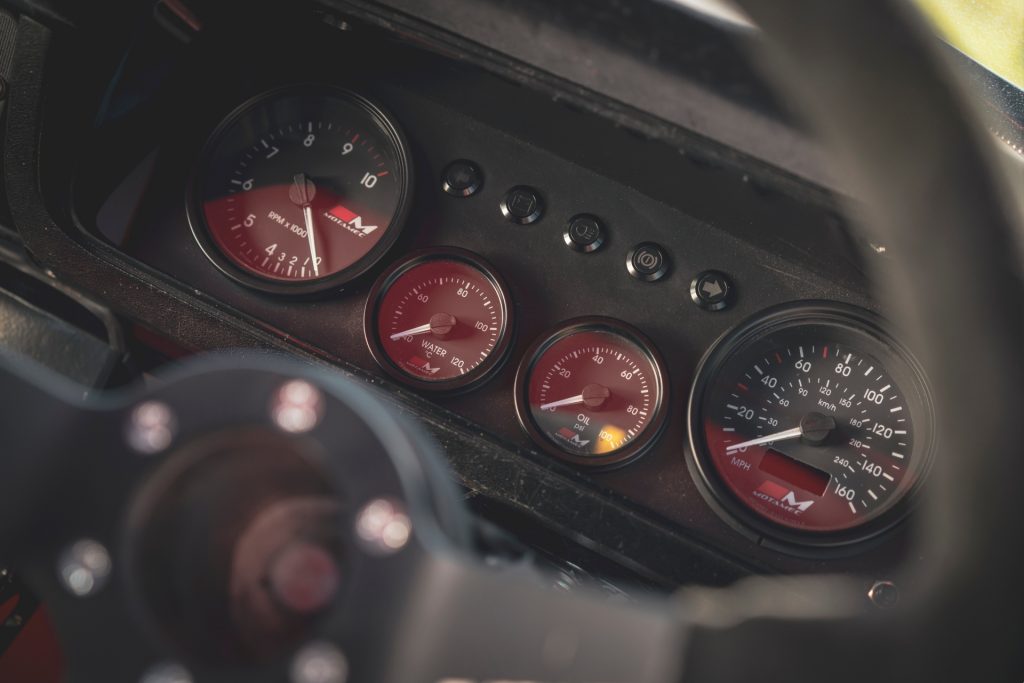
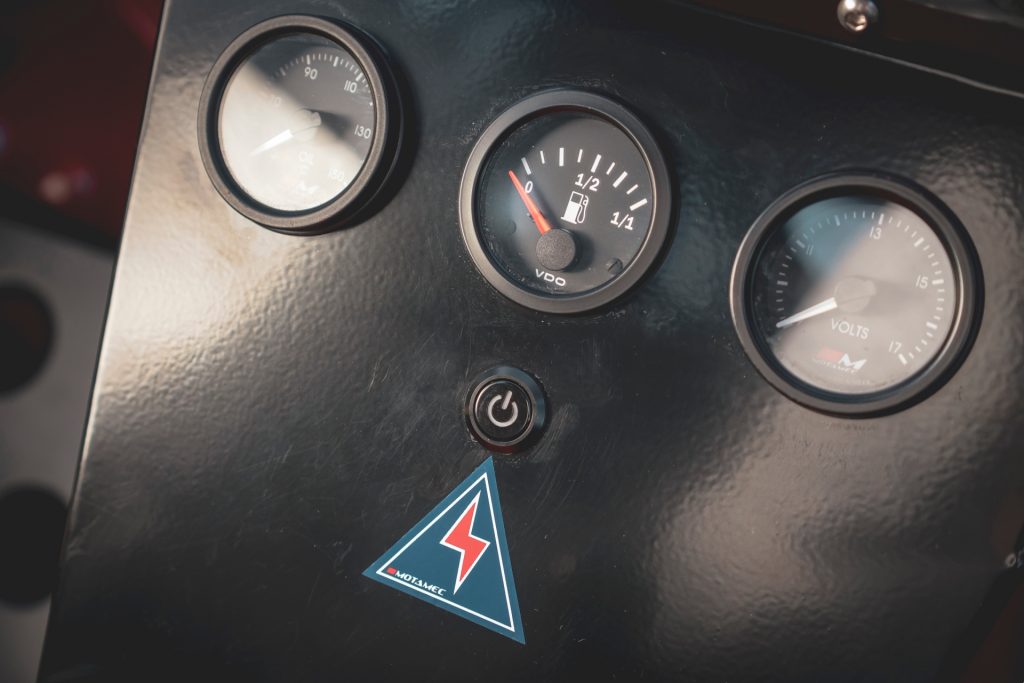
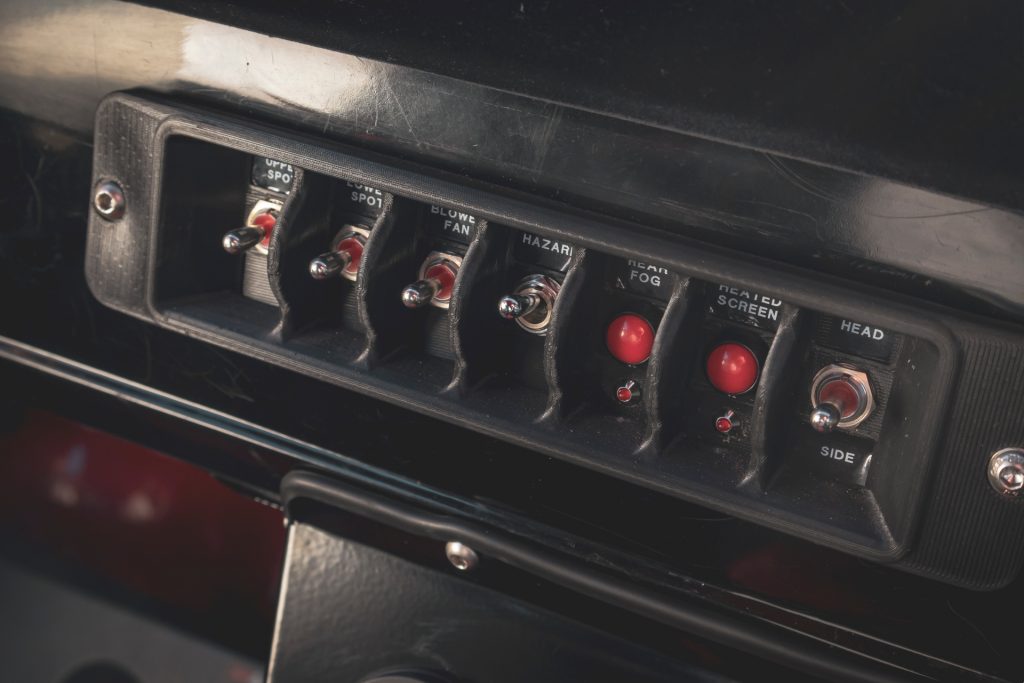
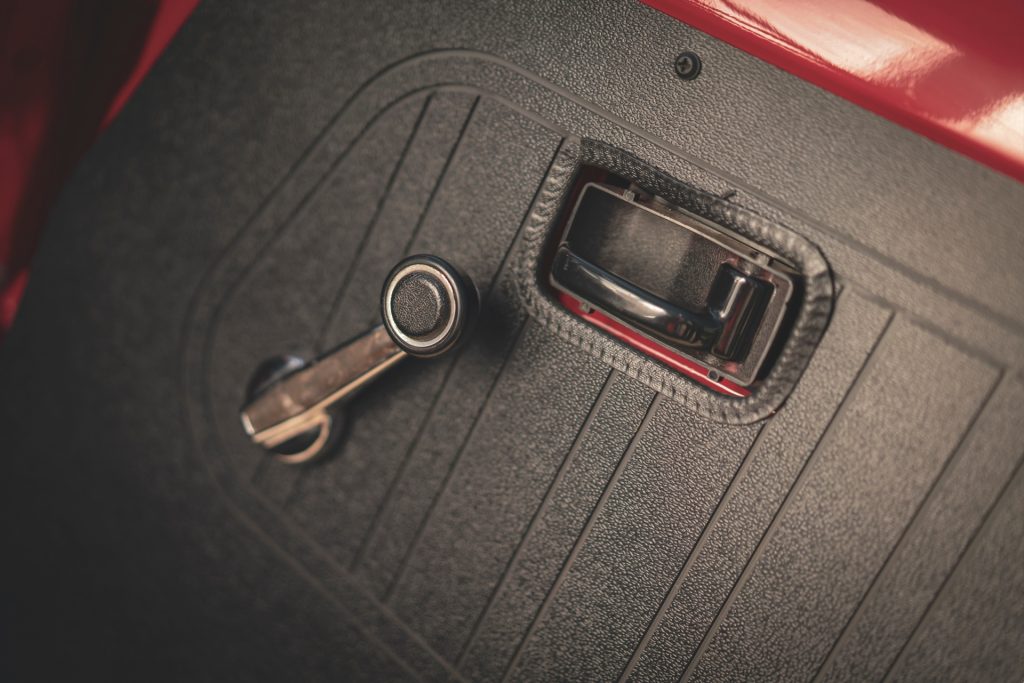
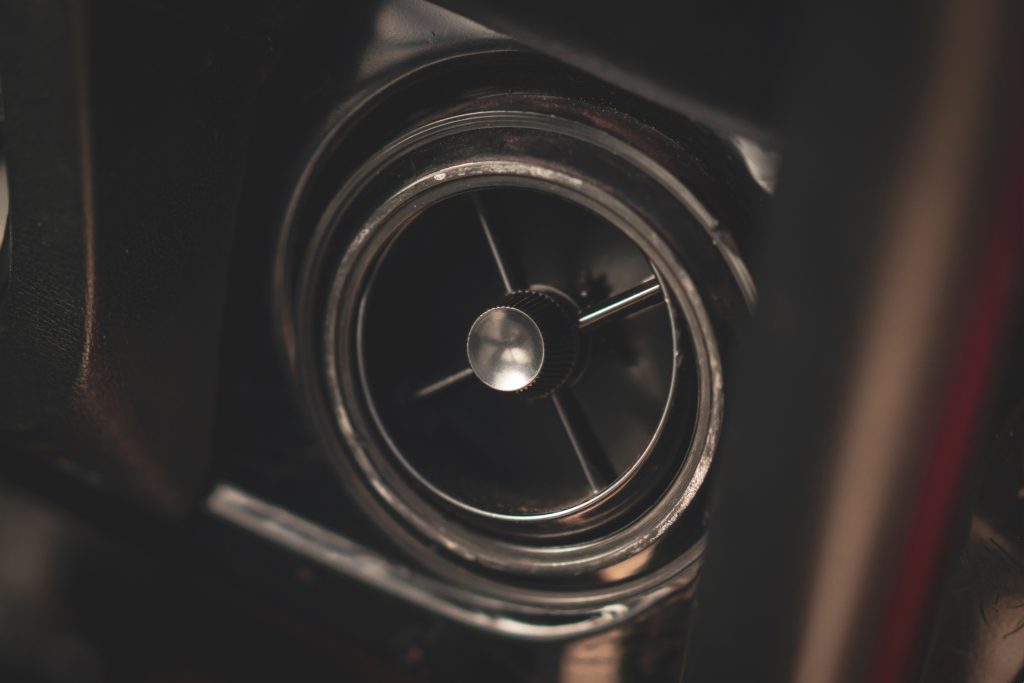
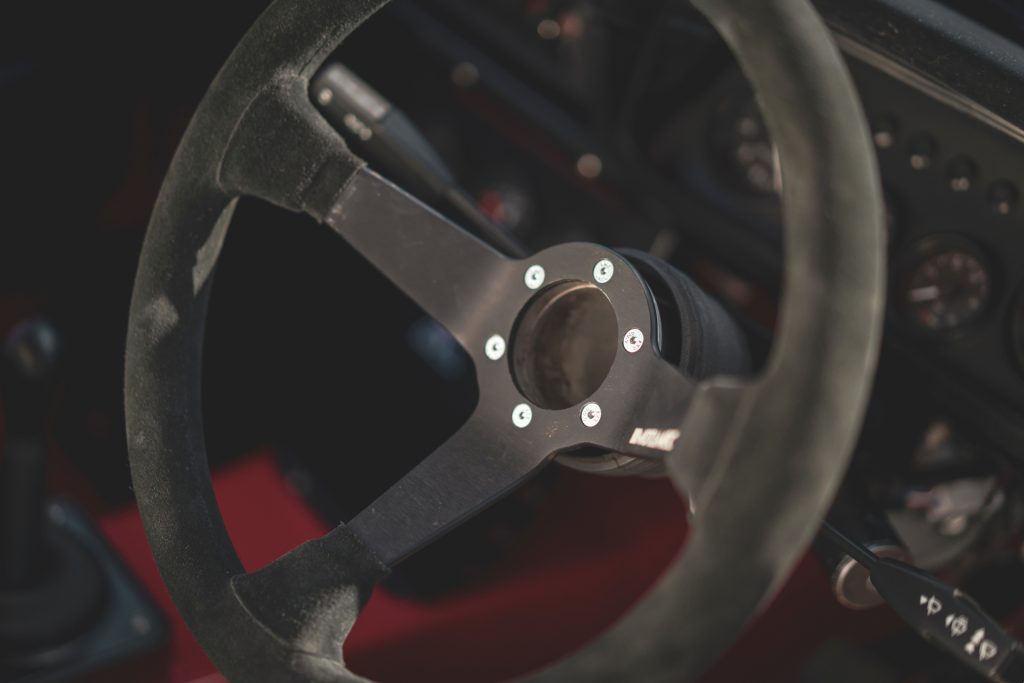
Boy does it look the part. Small – smaller than a new Fiesta – and squat, with gold-painted, 13-inch Minilite alloy wheels and fat Kumho Ecsta V70A tyres (235/45), all packed within those wide ‘Tarmac-spec’ wheel arches, it looks like a cat poised to pounce.
Climb in over the roll cage and it is as simple as you’d hope, an antidote to the touchscreen generation of cars. A deep-dish Motamec suede-trimmed steering wheel juts out at you; a rev counter, speedo, water temp and oil pressure dials sit behind that; fuel, oil temp and volts sit just above the battery isolator switch; then there’s a bank of toggle switches for the lights, fan and heated rear windscreen.

A competition seat with road belts keeps you in place, while non-slip pedals and an aluminium foot brace complete the picture. There’s no sound insulation material or carpet, although you could opt to have it and all manner of niceties, depending on how you want your car to feel.
This one feels raw. The sticky Kumhos pick up gravel on the road and fling it about with the abandon of a kid throwing sand. Factor in all the mechanical noises and vibrations filling the cabin – imagine sitting in a shipping container while it’s hoisted by chains and loaded into the bowels of a ship’s cargo hold and you get something of a picture for the unfiltered nature of this plaything – and you’ll be wincing. It makes a Porsche 911 GT3 feel like a Las Vegas stretch limo with a hot tub in the boot.
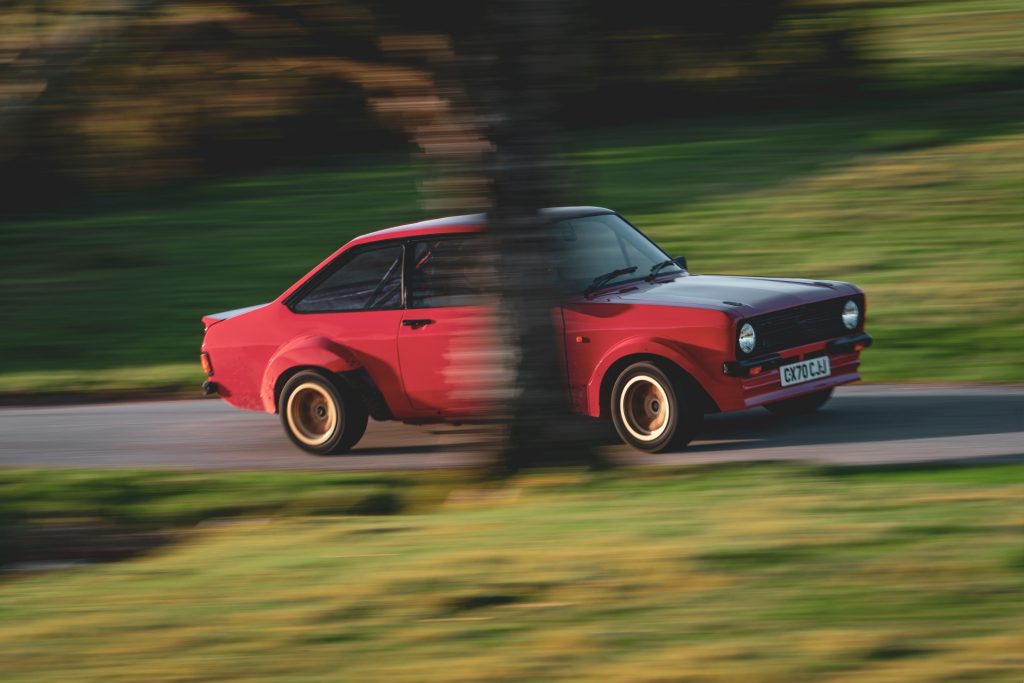
First gear is laughably short. Second gear’s gone in a flash. Third isn’t much longer. The clutch pedal weighting is heavy and the bite is serious; ‘Drive me properly or bugger off and stop wasting my time,’ it seems to say.
Happily, the steering, fitted with an electric power system, is a delight, free from slack and perfectly weighted so you can work it across the rack in a hurry, should the need arise. And let’s face it, the need will arise when any open, clear corner presents itself.
The tyres slap over cats eyes and the AP Racing brakes do without a servo, so the pedal needs a shove but even from cold the bite is there. Once at optimum temperature they deliver big stopping power, helped in no small part by the sticky tyres. Keeping everything on the straight and narrow is a set of Bilstein Group 4 spec coilover dampers, complete with adjustment for camber, castor and height, while the rear end has a six-link live axle and limited slip differential. For those with deeper pockets, why not add a set of Reiger adjustable dampers that you’ll find on World Rally Cars?
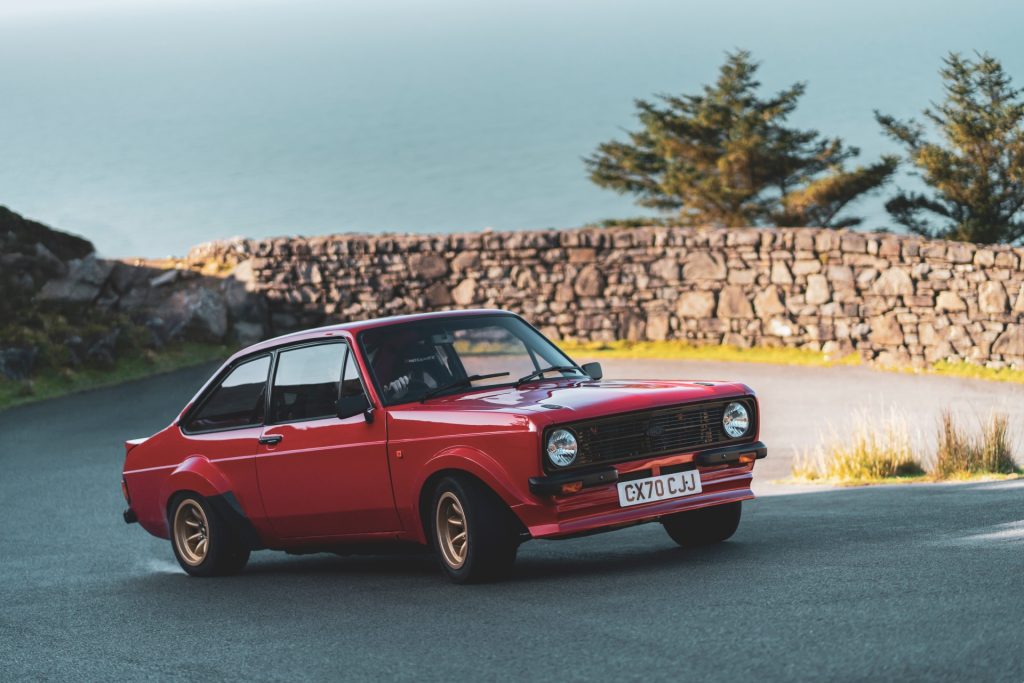
It sounds terrific, a rough, gruff, cammy bark that just gets better and better as the engine starts to spin into its sweet spot where torque and power overlap and things really kick into gear. Yet it will also potter about town at 1,000rpm in fourth gear, without too much complaint. It’s a quick car, but not silly-quick, a car that will give you a huge amount of satisfaction without terrifying you.
There are resonances and vibrations that need ironing out and the gearshift is a little stiff – MST is working on that – but in a way it suits the car’s character. Be deliberate with it and it works a treat. There’s something else that’s hugely appealing, too. The car’s light weight and lack of inertia, combined with compact, 1970s proportions and uninterrupted visibility make it a joy to thread along the roads of north west Wales.
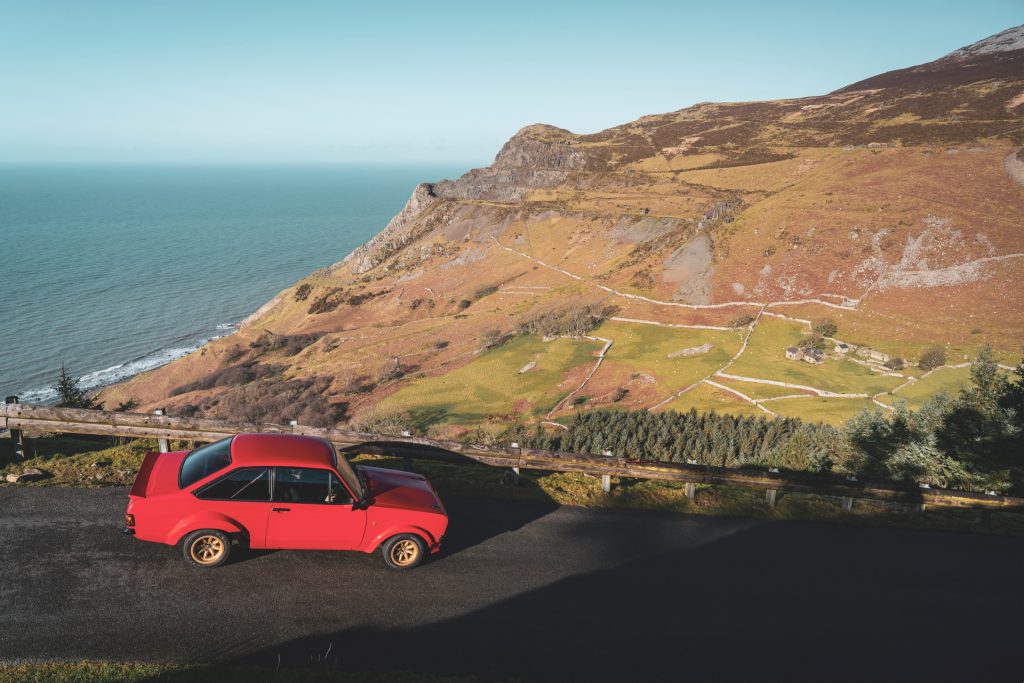
But there’s a problem. Something, perhaps the motorsport ECU – which, incidentally, not only has a host of safety-related functions but allows for data-logging – isn’t playing ball. Just when we want to explore the MST Mk2’s ability to cover ground and put a smile on your face, the engine cuts out. And it continues to do this for a frustrating period of time.
Later, driving the car for pictures along the company’s long and winding Tarmac driveway, which is barely more than a car’s width, the issue doesn’t rear its head and there’s a chance to experience the poise and balance of the chassis that made the original Escort the car to beat in its day, whether racing your mates home from the pub on a Saturday night or lining up at the start line on Brands Hatch’s Brabham Straight. It has an unfiltered delicacy and precision to it that means you can trust it implicitly, placing it as sideways as your right foot and the road space around you permit.
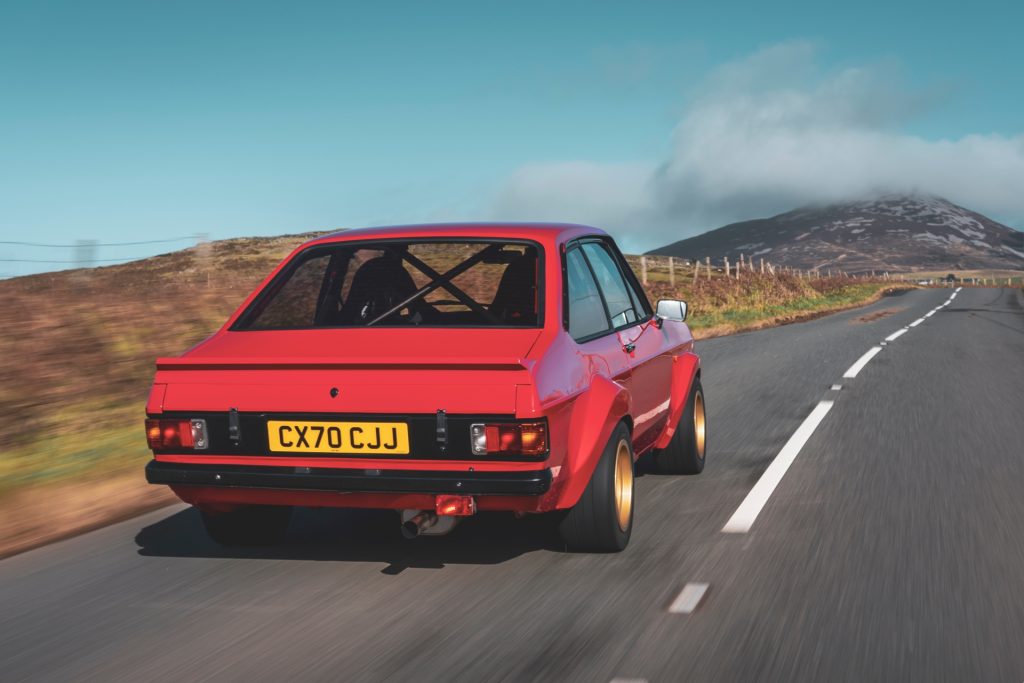
There is development work to be done still, clearly, so follow the time-honoured advice of ‘try before you buy’ and all should be well. That said, the concept at play here is easy to relate to. Modern performance cars serve up levels of speed and grip that are rarely exploitable on the public road. Far from satisfying your need for speed, they leave you frustrated. The MST Mk2 gets you as close to the action as possible.
And because it isn’t an original Ford Escort, it isn’t a classic, and that means you’re less likely to feel precious about driving the socks off it. And drive those socks off you should. This is a plaything, pure and simple. So get out there and play.
Market analysis: Ford Escort Mk1 and Mk2
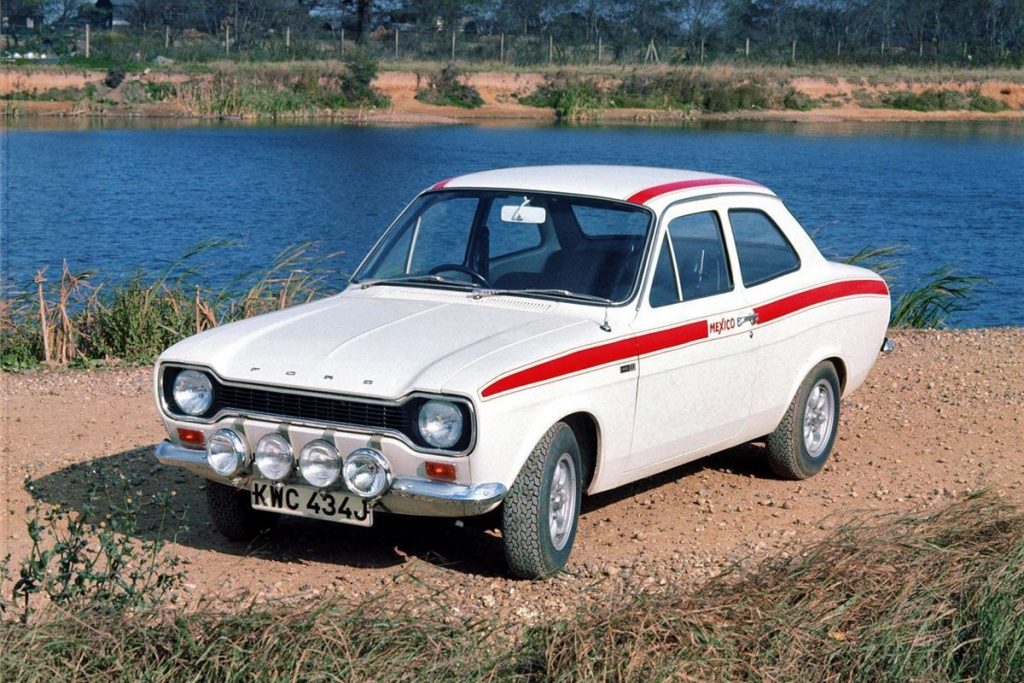
Those of us who were kids in the 1970s, writes John Mayhead, are sometimes prone to looking back at the ‘good old days’: summers spent rushing to the kerbside ice-cream van, summoned by a tinny ‘Greensleeves’, evenings wasted trying to draw with a Spirograph and long winter nights tucked up on the sofa watching The Generation Game. In this fuzzy, retrospective view of an otherwise-grim decade, one car is ever-present in the background: the Ford Escort.
Despite this ubiquity, the standard Ford Escort hasn’t really taken off as a collector’s favourite. The ‘excellent’ Hagerty Price Guide value of a Mark 1 Escort 1100 two- door saloon has risen just £400 in the past five years, from £10,500 to £10,900; well within inflation increases. Only the very best Festival of the Unexceptional-worthy examples have really made any headway: a concours version of the same model has increased from £12,600 to £15,200 since May 2016.
But when you think of a Ford Escort, your mind goes to motorsport, and so it’s not surprising that the hot versions of Ford’s small saloon are those that have become most attractive to enthusiasts.
Take the 1970 Ford Escort Mexico Mark I. The best examples of these iconic cars have risen 28 per cent in the past five years, from £33,600 to £43,000. Given recent sales of around the £50,000-mark, that figure is likely to be updated in the next release of the Hagerty Price Guide.
Another early performance version of the Escort has also performed well in recent months. Six examples of the Mark 1 RS1600 Escort were offered at UK auction in 2020; all but one sold (a Group 4 rally car with MSA papers strongly estimated by Charterhouse at £100,000 to £120,000). The remainder were sold at the top end of the Hagerty Price Guide values, achieving between £47,175 and £83,250, the latter even shooting past our ‘concours’ value of £69,700.
Mark II Escorts may share much of the earlier model’s mechanical parts, but when it comes to values, the squared-off nose isn’t quite as popular with buyers. ‘Excellent’ values of a standard Mark II Escort two-door saloon have risen less than 5 per cent in the last five years from £10,300 to £10,800 with ‘fair’ models performing even worse, increasing just £150 from £5250 to £5400. That’s a real shame in my opinion: parts supply for the little Ford is legendary, with almost every part available including complete new bodies. There are also a huge amount of performance upgrades for those who want a bit more poke, and the roomy cabin makes it a brilliant family classic.
Even Mark II performance versions haven’t made the headway that the earlier models have. Eleven examples were offered at the UK auctions Hagerty tracked in 2020; the three with the highest estimates all failed to sell with only one breaking through the top Hagerty Price Guide value of £36,000: an exceptional 1977 example sold by Bonhams in July for £36,562 including costs that was scored by its vendor 100/100. Indeed, that top Hagerty Price Guide value has increased just £100 since May 2016.
So, what’s the outlook for the Mk I and Mk II Escort? Hagerty forecasts that the trends we’ve seen over the last five years are likely to continue: the very best concours standard saloons and estates will rise steadily, but rough examples of the same will struggle, as any restoration cost will undoubtedly exceed the car’s value. Mark I performance models will continue to rise across the board, especially those that offer turn-key event participation. Mark II values will always lag behind those of its older brother, but maybe the increasing trend of interest in 1970s and ‘80s hot hatches may rub off on models like the RS2000.
Read more
Buying guide: Ford Escort Mk1 and Mk2
Volvo P1800 Cyan review: It doesn’t get much better than this
Is this electric Porsche 911 by Everrati a sinner or saviour?



















